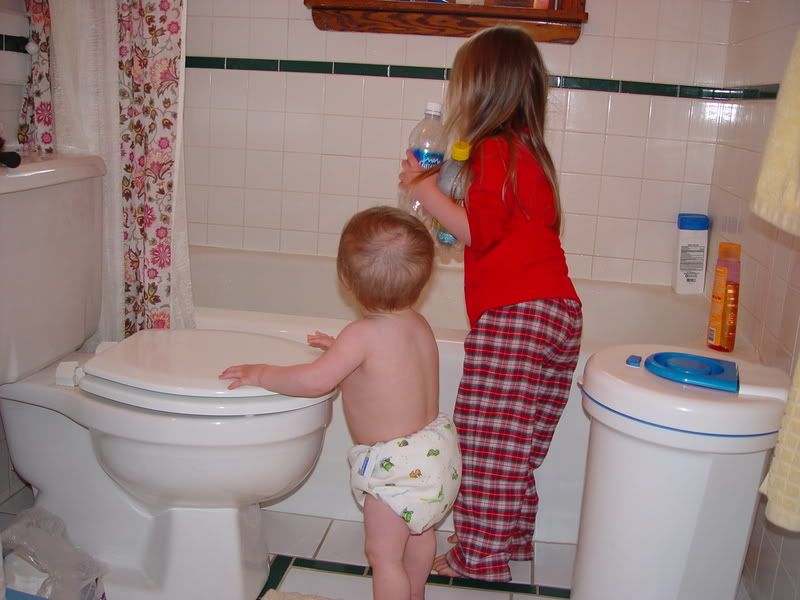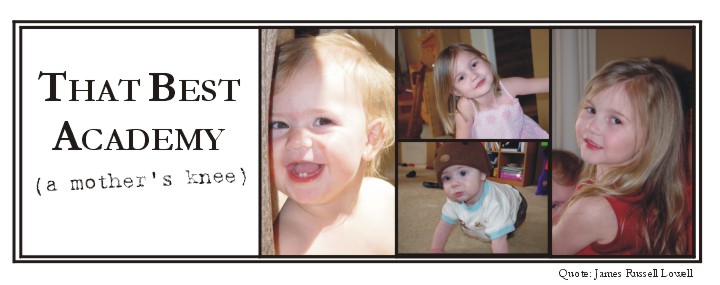 More mammals today, this time water mammals. Isabel wanted to know about dorsal fins and Nick, from work, emailed her a dorsal fin wiki page. We looked it over and then searched for more dorsal fin information, using the internet and the two mammal books we borrowed from the library. We talked about both classes of water mammals, Sirenians and Cetaceans, but it was quickly obvious that Isabel's interest was reserved for dolphins and whales, so we narrowed our focus to Cetaceans. At first her questions were all over the place - What do whales eat? How do they breathe? Will they die if they come out of water? How do they dive? How fast do they go? - but eventually her focus returned to dorsal fins. What do they do? Do some whales not have them? How big are they? Do they help the whales to breathe?
More mammals today, this time water mammals. Isabel wanted to know about dorsal fins and Nick, from work, emailed her a dorsal fin wiki page. We looked it over and then searched for more dorsal fin information, using the internet and the two mammal books we borrowed from the library. We talked about both classes of water mammals, Sirenians and Cetaceans, but it was quickly obvious that Isabel's interest was reserved for dolphins and whales, so we narrowed our focus to Cetaceans. At first her questions were all over the place - What do whales eat? How do they breathe? Will they die if they come out of water? How do they dive? How fast do they go? - but eventually her focus returned to dorsal fins. What do they do? Do some whales not have them? How big are they? Do they help the whales to breathe? One of our mammal books was particularly informative but while reading through it, an idea planted itself in my brain and I decided dorsal fins were a great topic for an experiment. Isabel, always up for a project, was game, and we managed to find all the supplies we needed in the house: empty soda bottles, a triangular bit of plastic (the cover to my pie cutter!), duct tape, a balloon. Imagine, if you will, that the empty bottles are whales. We will call them Diet Pepsi and Aquafina.
Isabel selected a sheet of blue construction paper (blue because water is blue) and wrote - 100% on her own (I did tell her what letters to write) - DORSAL FIN on the top. We talked about what animals have dorsal fins and that they are sea mammals; I wrote her narration on the page. Isabel drew a rather interesting-looking dolphin and we labeled its parts - head, eyes, blowhole, tail and dorsal fin. Then we began our experiment.
First, we used a balloon to visualize what lungs look like and what they do. We blew up and deflated the balloon to simulate breathing. Then I blew up the balloon and, holding it closed in such a way that created a long "stem," we poured a bit of water in the top to see how a whale's blowhole, the pathway to its lungs, would fill with water. When I stopped pinching the balloon, water blew everywhere (and it really went everywhere!), just the way a whale blows water out its blowhole. Isabel thought this was fabulous and we repeated the balloon/blowhole thing quite a few times (her construction paper got pretty wet, but it dried well).
 We placed the slightly-inflated, knotted balloon inside our Diet Pepsi dolphin, to represent its lungs. We put a little water in both bottles to add weight (if I were to do this experiment again, I'd tape washers to each bottle to weight them, instead of using water - it created uneven weight) and sealed them up. Aquafina, we then left alone. To Diet Pepsi, we attached our pie-cutter-cover-dorsal fin with a fair amount of duct tape. Then we all crowded into the bathroom, where we filled the bathtub and experimented to see how the dorsal fin affected our dolphin's ability to "swim." It wasn't perfect but we were able to demonstrate that the fin made it easier to turn our dolphin, and prevented the dolphin from log-rolling in the water. Aidan fancied himself a helper and Isabel let him throw the dolphins in the water a few times to create big splashes. After a bit, Isabel asked to wear her bathing suit and swim with the dolphins, which I said sounded like a great idea. She threw the dolphins around in the water and pretended to feed them fish, which led to a discussion about toothed vs. baleen whales.
We placed the slightly-inflated, knotted balloon inside our Diet Pepsi dolphin, to represent its lungs. We put a little water in both bottles to add weight (if I were to do this experiment again, I'd tape washers to each bottle to weight them, instead of using water - it created uneven weight) and sealed them up. Aquafina, we then left alone. To Diet Pepsi, we attached our pie-cutter-cover-dorsal fin with a fair amount of duct tape. Then we all crowded into the bathroom, where we filled the bathtub and experimented to see how the dorsal fin affected our dolphin's ability to "swim." It wasn't perfect but we were able to demonstrate that the fin made it easier to turn our dolphin, and prevented the dolphin from log-rolling in the water. Aidan fancied himself a helper and Isabel let him throw the dolphins in the water a few times to create big splashes. After a bit, Isabel asked to wear her bathing suit and swim with the dolphins, which I said sounded like a great idea. She threw the dolphins around in the water and pretended to feed them fish, which led to a discussion about toothed vs. baleen whales.
Our dorsal fin project took a long time. After it was done, we all dried off and ran out to register Isabel for summer soccer. I had to get cash from the bank to pay for soccer, and also took out a bit extra so that we could talk about coin and paper money back home (I've been wanting to discuss money with Isabel but, even though we always have a boatload of coins, we never have bills around). We reviewed the names of everything - bills were easy, since they're just numbers. Coins are a different story. Isabel calls them (in order from smallest denomination to largest): pickle, pickle, diamond, square. After playing with money for a while, we did our vowel review for the day.
When Nick got home from work, Isabel could barely contain herself, she was so excited to replicate the dolphin experiment for him.
Aidan continues to show us our noses. I'm starting to teach him "mouth" now, since he seems to have "nose" down. Whenever he drops something, he says "uh-oh!" This afternoon he heard me say "Wow!" to Isabel and repeated it beautifully; since then he's been crawling around, carefully enunciating "Wah-owwwww" every time he comes across a toy.





No comments:
Post a Comment